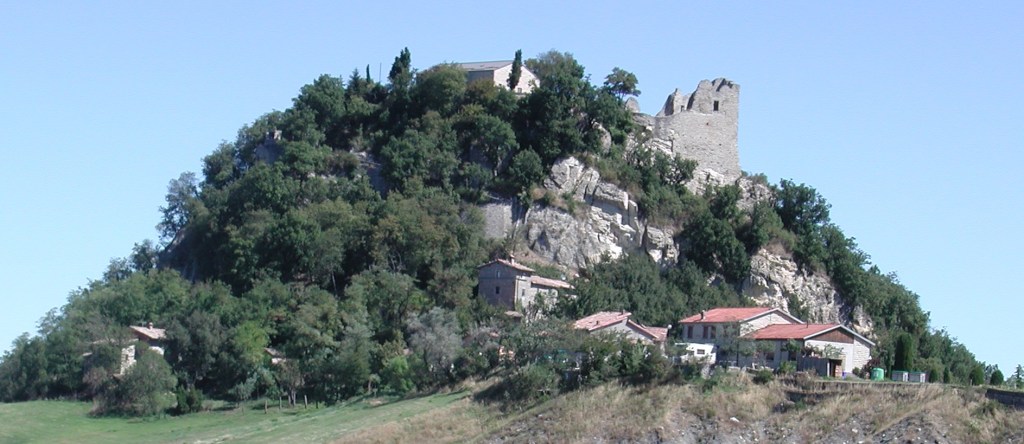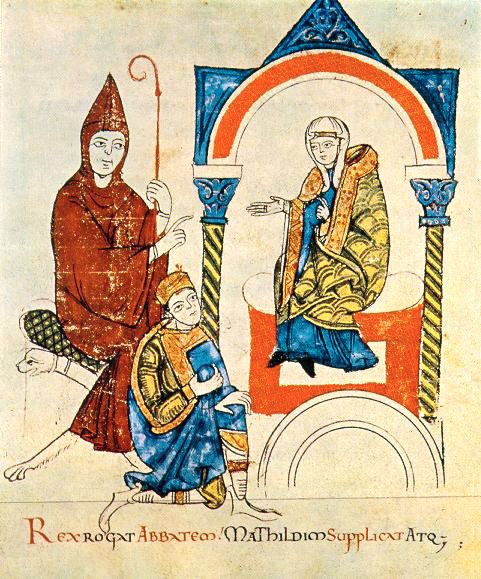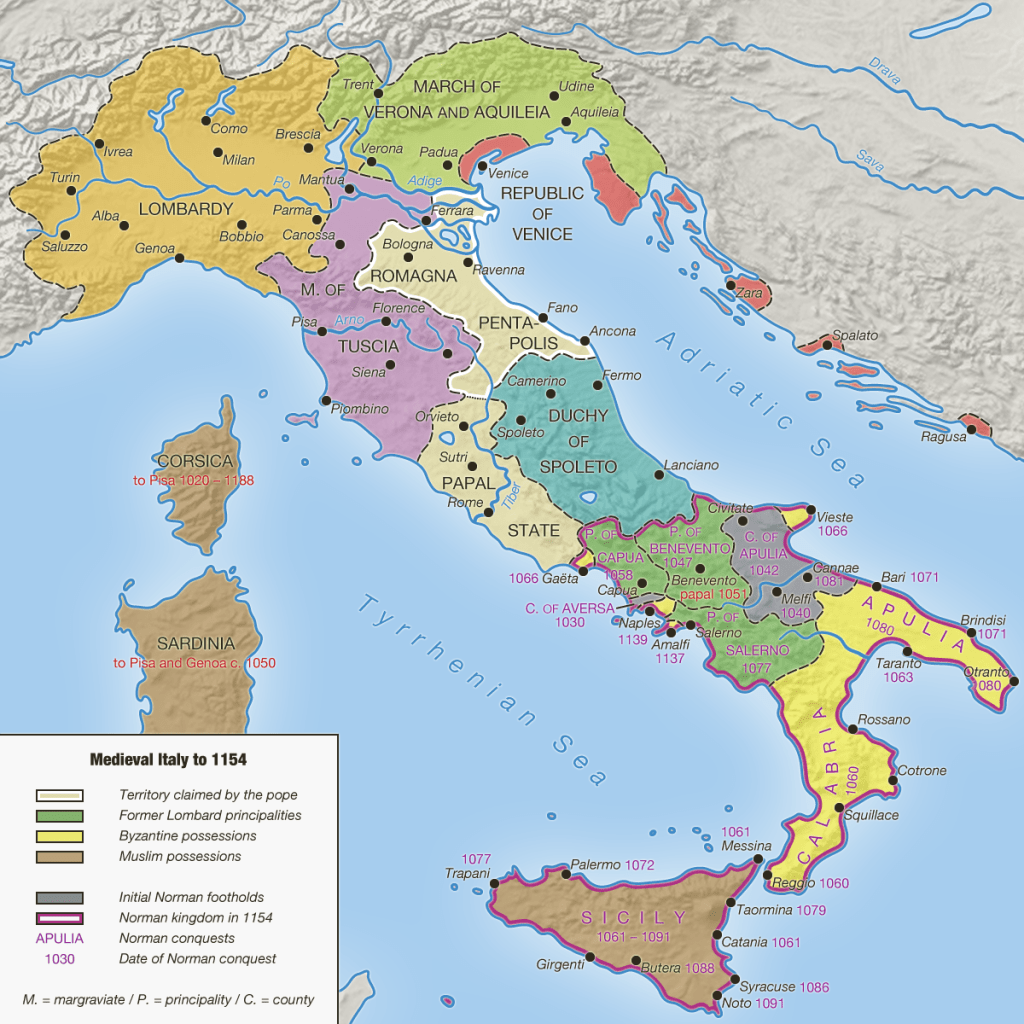In our first tangent episode, we spend some time with Liutprand of Cremona, everyone’s favorite caustic bishop from the Early Middle Ages. Join us for his account of Queen Willa’s disastrous love affair with a well-endowed priest and his ill-fated visit to Constantinople in the time of the Macedonian dynasty.
Matilda of Tuscany, also known as “The Grand Countess”, helped weaken the Holy Roman Empire’s grip on northern Italy even further. However, it would be the plucky, self-governing cities of northern Italy who would ultimately give a bloody nose to one of the greatest emperors western Europe ever saw and inaugurate the age of the Italian city-states. We delve into how a European economic boom helped make all this possible, plus some juicy gossip on Matilda’s unlucky love life.
The theme music is “La Disperata”, composed by Vincenzo Ruffo (ca. 1510-1587) and performed by Jon Sayles.





Transcript
In 1052, at the age of only nine, Matilda of Canossa became Margravine of Tuscany, a title referring to the ruler of an imperial borderland. This was what Tuscany had become. You can see it in the map if you go to the site’s main page, but just to explain here, to the northeast was another imperial fiefdom, the March of Verona and Aquiela, and to the northwest was Lombardy. Named for the now long extinct kingdom of the Lombards, it was technically under the direct control of the Holy Roman Emperors, who had claimed the Iron Crown of the Lombards (By the way, the Iron Crown wasn’t just some hardcore name; according to legend, one part of the crown was an iron band said to be forged from an iron nail used to crucify Jesus). Anyway, Lombardy was run by imperial representatives, who we’ll talk about more later.
Episode 1: A Shattered Kingdom
In our inaugural episode and the first part of our prelude season, we look at how northern Italy went from being a single kingdom to a region full of small, rival states, a cutthroat environment in which families like the Medici would nonetheless thrive in. Join us as we look at how urban prosperity, a series of invasions, and a scandalous teenage pope all played a part in making northern Italy a shattered and divided kingdom under the weak sovereignty of a faraway emperor.



Transcript
In the fall of 476, an honored prisoner arrived at a seaside fortress on the Bay of Naples, today called the Castel del’Ouvo, or in English, Egg Castle. The prisoner is well guarded, even though he’s only 16 years old, and he may have walked into his new home while dressed in silk robes. What he felt in that moment, we cannot say.
Episode 0: Why The Medici?
In this no-frills introductory episode, I explain why I want to do a podcast on a family, rather than a nation, a time period, or topic. Also, I explain why the Medici undoubtedly played a role in the modern Western world.

